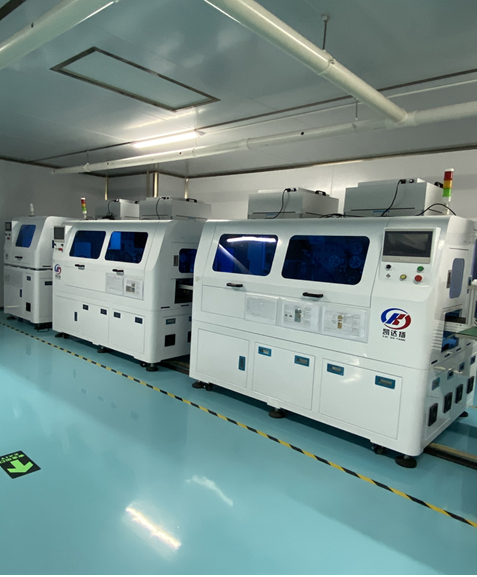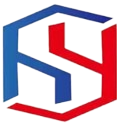Exploring the Benefits of LCD TFT Controllers for Industrial Applications
The use of LCD TFT controllers in industrial applications is becoming increasingly popular, and for good reason. LCD TFT controllers offer a range of benefits that make them an ideal choice for many industrial applications. From improved visibility and reliability to cost savings and energy efficiency, LCD TFT controllers are a great choice for any industrial application.
First and foremost, LCD TFT controllers offer improved visibility. LCD TFT controllers are designed to provide a clear, crisp image, even in bright or low-light conditions. This makes them ideal for industrial applications, where visibility is key. Additionally, LCD TFT controllers are designed to be highly reliable, meaning they can withstand the rigors of industrial use. This makes them a great choice for applications that require a long-term, reliable solution.
Another benefit of LCD TFT controllers is cost savings. LCD TFT controllers are typically more cost-effective than other types of controllers, making them a great choice for budget-conscious industrial applications. Additionally, LCD TFT controllers are energy efficient, meaning they can help reduce energy costs over time.
Finally, LCD TFT controllers are easy to use and maintain. They are designed to be user-friendly, meaning they can be quickly and easily set up and operated. Additionally, LCD TFT controllers are designed to be low-maintenance, meaning they require minimal upkeep and can be used for long periods of time without needing to be replaced.
Overall, LCD TFT controllers offer a range of benefits that make them an ideal choice for many industrial applications. From improved visibility and reliability to cost savings and energy efficiency, LCD TFT controllers are a great choice for any industrial application. With their user-friendly design and low-maintenance requirements, LCD TFT controllers are sure to be a great addition to any industrial setup.
| good | better |
| very good | indeed |
| affordable | genuine |



